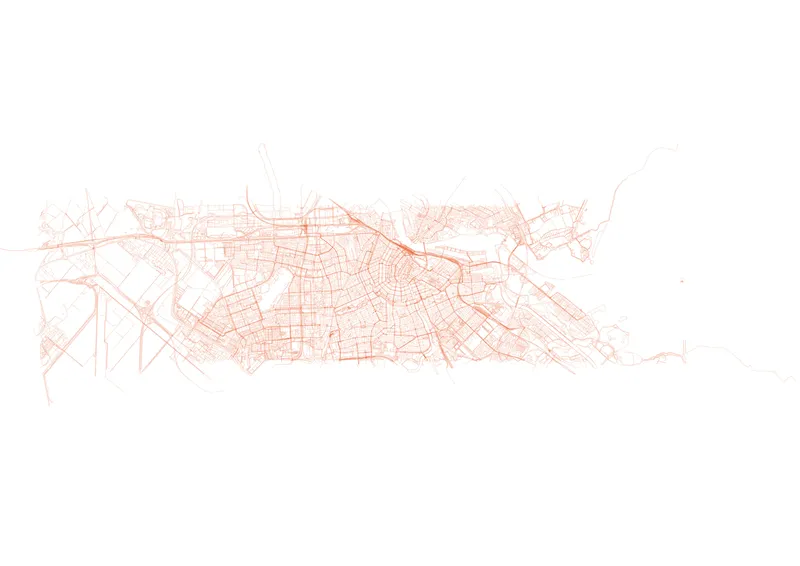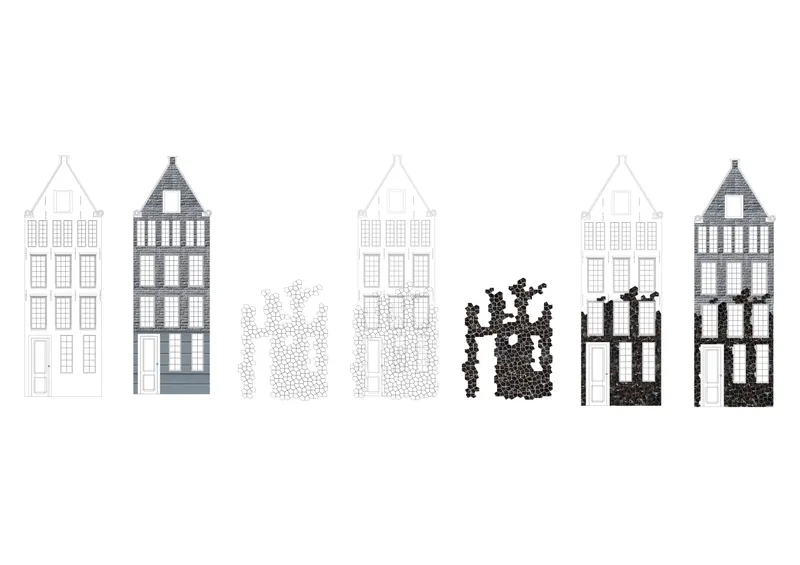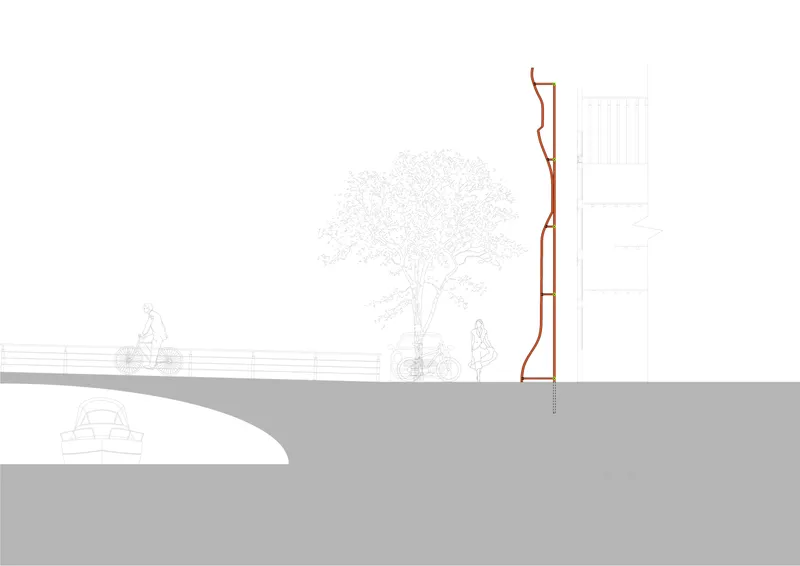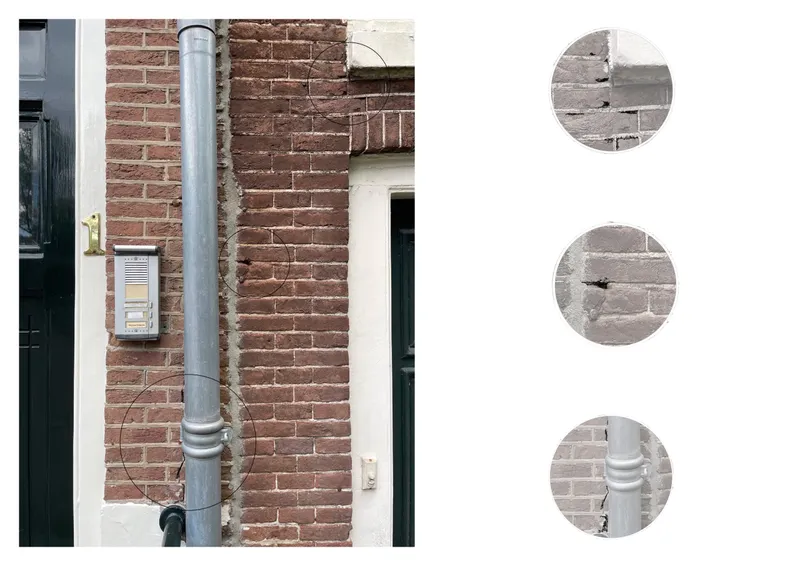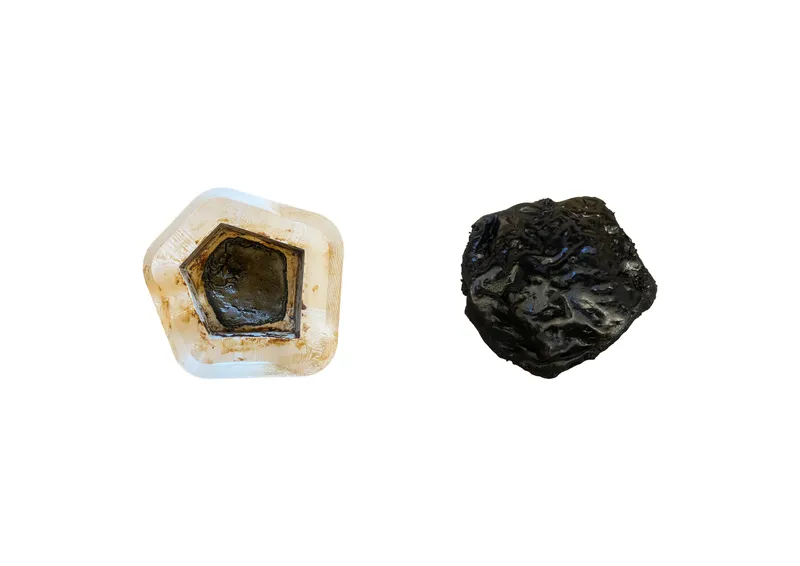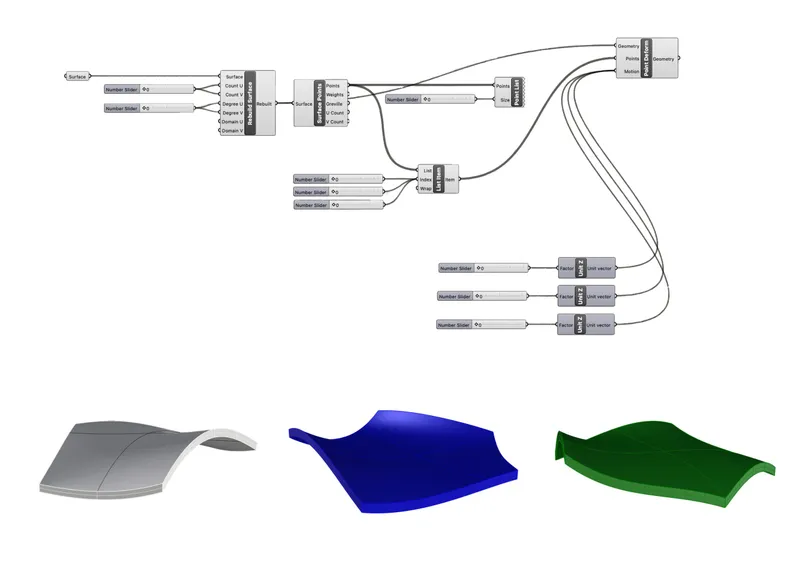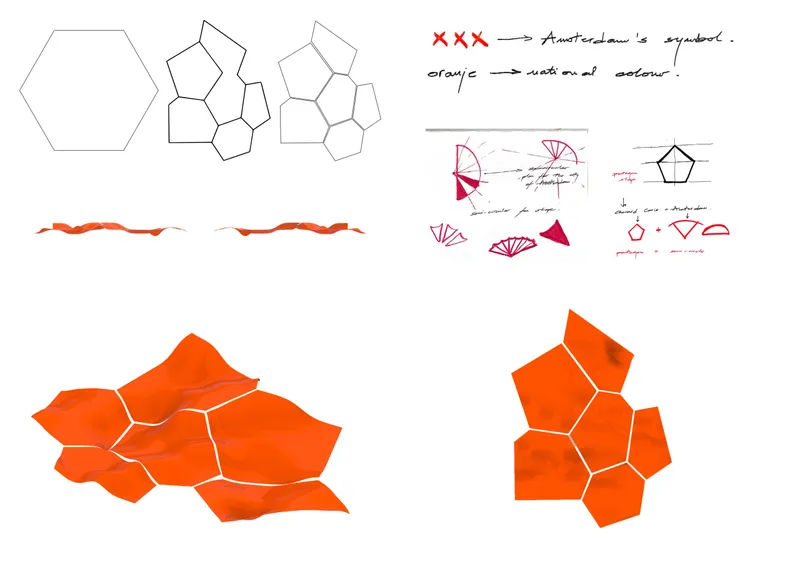The project aims to create a sustainable and innovative approach to preserving Amsterdam’s historic architecture while embracing modern technological advancements.
By developing a new 3D-printable material, the project offers a practical solution for restoring and enhancing the city’s iconic canal houses (Dutch: grachtenpanden). These culturally significant structures are fundamental to Amsterdam’s identity, and this project aims to ensure their longevity while incorporating contemporary design elements. The project envisions a future where Amsterdam’s historic charm is revitalised, allowing future generations to experience the city’s unique architectural heritage in a renewed form, blending the old with the new in urban landscapes.
This approach serves as a blueprint for blending the old and the new, fostering a deeper connection between past and future urban landscapes.
The innovative 3D-printable material developed for this project is a versatile composite tailored for restoring Amsterdam’s historic canal houses. Designed to match the aesthetic and structural qualities of traditional materials, this composite is eco-friendly and highly adaptable. It can be used as a façade cladding, providing a durable and authentic exterior finish that preserves the building’s historic charm. Additionally, it can be fabricated as tiles or used as a filler for cracks, seamlessly integrating with existing structures. This material offers a comprehensive solution for both preserving and enhancing these culturally significant buildings while reducing environmental impact.
Blending heritage with innovation, this project introduces a sustainable 3D-printable material for restoring Amsterdam’s iconic canal houses. By preserving their historic integrity and incorporating modern elements, the design ensures these cultural landmarks’ longevity, bridging past and future in the urban architectural landscape.
